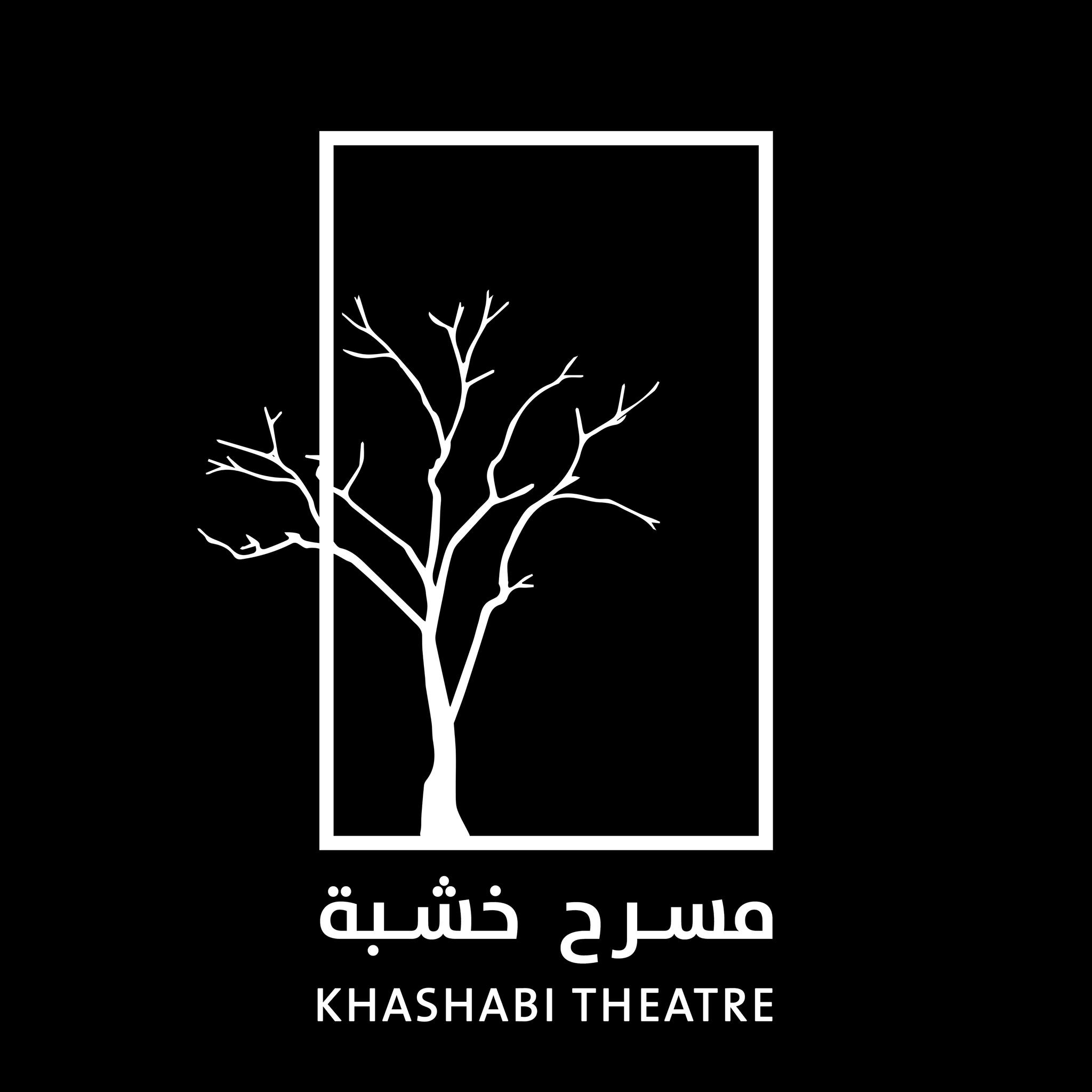The Museum at Khashabi Theatre 28.1
The Organizers
 Khashabi Theater مسرح خشبة
Khashabi Theater مسرح خشبة
A week before the execution date, he insists on meeting the detective who investigated his case. He convinces him to be the last person he meets and to join him for his last supper. At the final evening the two men meet alone in a locked room in the building where the capital punishment will be carried out.
The prisoner wants his death to be an artwork that would discredit the state on the walls of the museum. As for the state, it wants his death to become a work of art, a legal one, using law to nourish its authority. It is the last battle in a war in which the victor is the one who succeeds in creating the last painting that the audience will see. But the moment the two men meet in front of the audience in this closed room, the two poles become equal. The law loses its ability to formulate morals, desires lose their consequences, actions are freed from their results, and the human instinct becomes the authority.
This meeting allows them both to play risky and manipulative games. Games that can only be played during the last night. Games in which they both search for the meaning of the death they desire.
Written and Directed by: Bashar Murkus
With: Henry Andrawes, Ramzi Maqdisi
Co-researcher: Majd Kayyal
Dramaturgy: Khulood Basel
Scenography: Majdala Khoury
Music production: Nihad Awidat
Light Design and Technical Director: Muaz Aljubeh
Translation: Lore Baeten
Assistant Director: Samera Kadry
PR: Mustafa A. Qablawi
Produced by : Khashabi Theatre
Producer: Khulood Basel
About Organizer
Khashabi is an independent Palestinain theatre in the city of Haifa.It was founded in 2011 as the artists’ collective Khashabe Ensemble. In 2015 the group achieved a physical space in the Wadi Salib neighborhood that was emptied from the majority of its original inhabitants 1948. Khashabi works towards a Palestinian society that freely practices art and creativity as a natural right, and strives to renew its cultural identity by placing independent culture front and centre, and provides a space for artists to freely experiment, create, research and perform alternative forms of theatre and art, and space where social, political and artistic taboos can be challenged, creating an invigorating creative environment based on cooperation and mutual support.
Know More